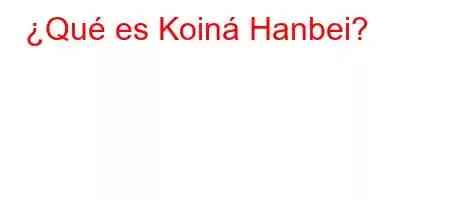A system made up of Ningyo Joruri and Kabuki Kyogen. A group of studies (1704-11) based on the theory that Geiko Koina and Hanbei Inanoya in Otsu Shibaya-cho died on the banks of the pine trees in Karasaki near Hoei. There is also a work written as a little chick. "Karasaki Shinju" was composed at the beginning of the adaptation and performed by Ichichu in the first generation. On the stage, Kabuki (Meiwa 3) was performed in July 1766, Kyo no Ogawa Yoshitaroza (north side play) "Biwanoumi Hatsuibundan" was performed by Amida Osaka in Ningyo Joruri in October 1768. Tanaka's later set work "Tsukijo Naniwa Odamaki" made its debut in the play Ikemon-mae, and Hachiminhei 7's "Little Hanbei Hiroage" premiered in the play Amidaike Higashino in November. "Yukaku" is a story about Hanbei Inanoya, a tradesman samurai who killed Yatoji Tsutsumi because of his mistress Koina and was transferred from his father-in-law to his wife, Omiki, in Kabuki. It became the basis. After that, the main works were Nagawa Shichigosansuke's "Yuzenzome Zashiki Hakkei" (Tenmei 3) in 1983 and "Tsuki Musashino Ryo" in 1997 by Namiki Gobin (Kansei 9). Kyogen (Tsukino Musashino Akino Sewagoto) (Tomimoto << Michiyuki Koi no Sewagoto >>), 1844 (Koka 1) III Sakurada Osamu 《Evening Yang Metal Monkey Menu (Godan no Konda) ”(Michiyuki is Tokiwazu“ Chigusano no Bekoi no) Futamichi” both songs and swings still exist). To the north and south of Tsuruya IV is the famous "Sakura", in addition to "Mikaso Sogashimadai" (Bunsei 4) in 1821 and "Soga Nakamura Soga Shimadai" in 2014. "Himeto Bunsei" also deals with "Koina Hanbei". It was also adapted from "Kyōto Shijo" by Omori Chiyuki's "Lake of Love" (Kyoto Minamiza, December 1918) and was included in one of Kojiro Nakamura's twelve songs in the first generation.
Toshiaki Matsui
Leer: 134


